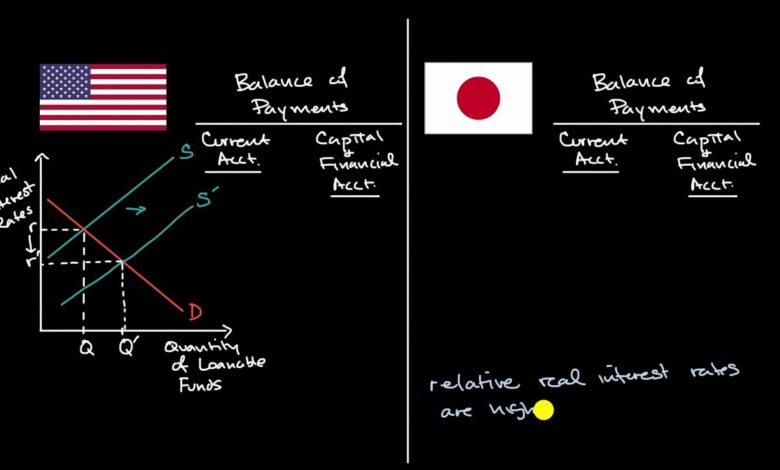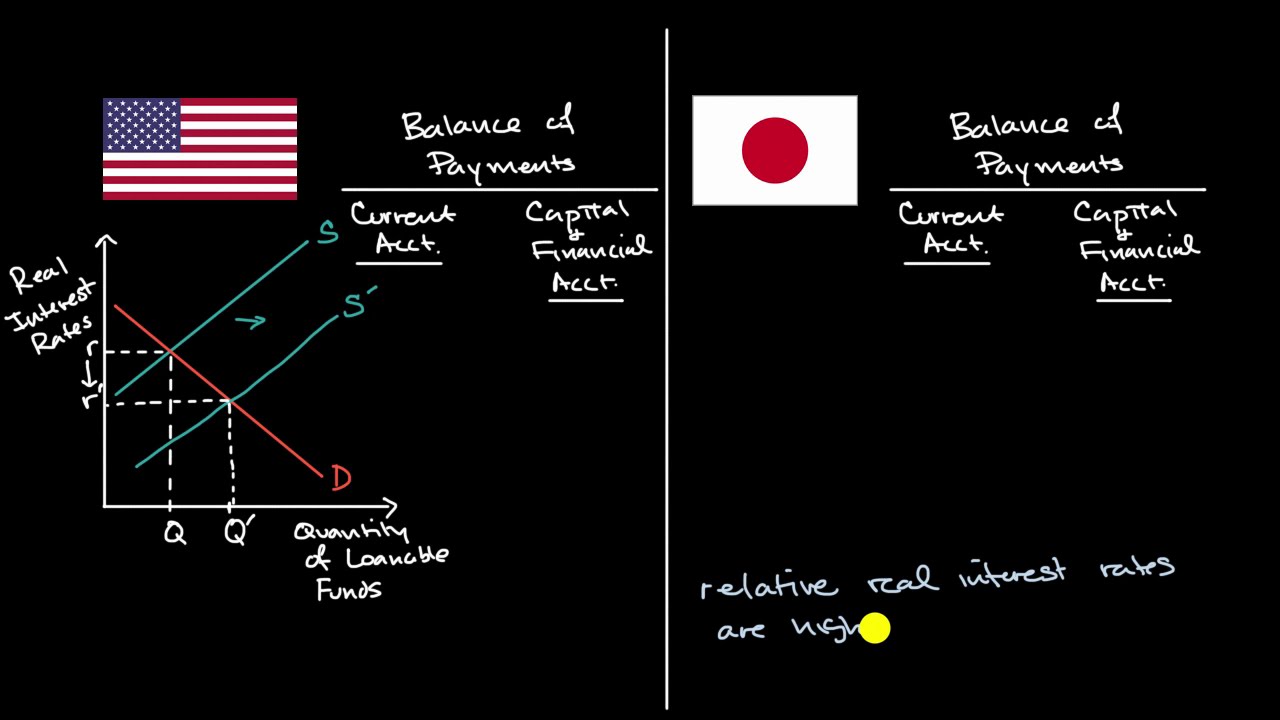Understanding the Impact of USD FX Rate on Global Economy in 2023


In today’s interconnected world, the foreign exchange rate plays a critical role in shaping global economic conditions. The USD FX rate is one such metric that experts closely monitor. As of 26th July 2023, the USD FX rate stands at 1 USD = 0.85 EUR. This article aims to provide an in-depth understanding of the impact of USD FX rate on the global economy in 2023.
What is the USD FX Rate?
Before we dive deeper into the topic, let’s first understand what USD FX rate means. Simply put, it’s the exchange rate between the US dollar and other currencies. It represents how much of one currency is needed to buy or sell a unit of the US dollar. For instance, if the USD FX rate is 1 USD = 110 JPY, it means that one dollar can be exchanged for 110 Japanese Yen.
Why is USD FX Rate Important?
The USD is the most widely traded currency in the world, making up around 88% of all forex trades globally. As such, any fluctuations in the USD FX rate can have significant implications for various economies worldwide. Here are some reasons why USD FX rate is crucial:
International Trade
International trade heavily relies on the USD as the standard currency for transactions. Countries import and export goods and services by exchanging currencies through banks. Hence, fluctuations in the USD FX rate have a direct impact on the cost of imports and exports.
Investment
Foreign investors hold massive amounts of US Treasury bonds and stocks. Therefore, the value of these investments is directly affected by the USD FX rate. A decrease in the USD FX rate would lead to a decline in the value of their investments.
Inflation
USD FX rate has a direct relationship with inflation. When the USD falls, imported goods become more expensive, leading to inflation. On the other hand, when the USD rises, imported goods become cheaper, leading to deflation.
Factors Affecting USD FX Rate in 2023
Several factors influence the USD FX rate. Some of them include:
Interest Rates
Interest rates play a vital role in determining the value of a currency. When interest rates increase, investors receive higher returns on their investments, attracting foreign investment. As a result, demand for that currency increases, and its value appreciates.
Political Stability
Political stability is critical for currency valuation. Countries with political instability have weaker currencies because foreign investors tend to avoid such situations.
Economic Indicators
Economic indicators like GDP growth, unemployment rates, and inflation rates can impact currency valuation. Strong economic growth generally leads to a stronger currency.
Trade Policies
Trade policies and tariffs also influence the currency exchange rate. A country with open trade policies tends to attract more foreign investment, strengthening its currency.
USD FX Rate Forecast for 2023
While no one can accurately predict the future, experts forecast that the USD FX rate will remain relatively stable in 2023. The US economy is expected to grow by 2.5%, and the Federal Reserve is likely to maintain its current monetary policy, keeping interest rates steady. Moreover, the global economic recovery is expected to continue, which could help stabilize the USD FX rate.
Impact of USD FX Rate on Different Sectors
The USD FX rate has a varying impact on different sectors. Let’s explore some of these sectors briefly.
Agriculture
The agricultural sector is particularly vulnerable to fluctuations in the USD FX rate. A stronger dollar means that farmers need to pay more for fertilizers, pesticides, and machinery, causing a rise in agricultural production costs.
Energy
The energy sector is heavily influenced by the USD FX rate. Given that oil is priced in USD, any fluctuations in the USD FX rate can impact the cost of oil production and transportation.
Tourism
Tourism is another sector that is affected by the USD FX rate. A stronger dollar means that foreign tourists need to pay more for hotels, restaurants, and other services. This could lead to a decline in tourism revenues for countries that rely heavily on the tourism industry.
Manufacturing
Fluctuations in the USD FX rate can have a significant impact on the manufacturing sector. A stronger dollar makes American goods more expensive, leading to a decline in demand from foreign countries.
Frequently Asked Questions
- How does the US government influence the USD FX rate?
The US government can influence the USD FX rate through its monetary and fiscal policies. The Federal Reserve can change interest rates, which impacts the supply of money in circulation. Moreover, the US Treasury can sell or buy dollars in the forex market to stabilize the exchange rate.
- How does inflation affect the USD FX rate?
Inflation and USD FX rate have a direct relationship. When inflation increases, the purchasing power of the USD decreases, causing its value to fall. As such, central banks usually raise interest rates to reduce inflation, strengtheningthe USD FX rate.
- Can the USD FX rate impact stock market performance?
Yes, the USD FX rate can impact stock market performance. A weaker dollar leads to higher export revenues for US companies, which could increase their stock prices. Conversely, a stronger dollar makes imports cheaper, leading to lower earnings for companies that rely heavily on imported goods.
- How does political instability impact the USD FX rate?
Political instability can lead to a decline in the value of a country’s currency. Foreign investors tend to avoid such situations, leading to a decrease in demand for that country’s currency.
- Can trade policies impact the USD FX rate?
Yes, trade policies and tariffs can impact the USD FX rate. Countries with open trade policies tend to attract more foreign investment, strengthening their currencies. Conversely, countries with protectionist policies may experience a decline in their currency value.
Conclusion
In conclusion, the USD FX rate plays a critical role in shaping global economic conditions. Fluctuations in the exchange rate can impact various sectors of the economy, including international trade, investment, inflation, and tourism. While several factors influence the USD FX rate, experts forecast that it will remain relatively stable in 2023. As such, it’s essential to stay updated with the latest economic trends to make informed decisions regarding investments and international trade.




